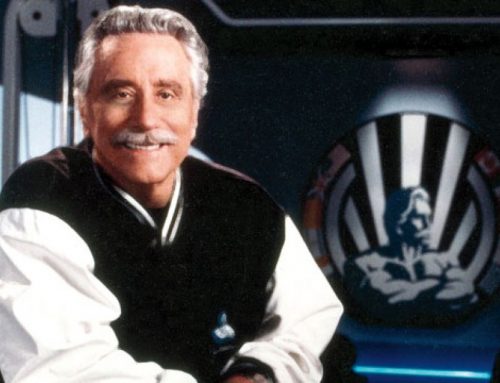If you want to get serious about building your body, you need to know the energy sources that power muscle contraction. This may not seem like an essential part of training to some, but it’s not. Since you’re reading this, it’s an eloquent confirmation that you’re still having trouble choosing a training methodology, maybe it’s the lack of the information I’m about to share with you that’s hindering your progress. Who knows. Either way, additional knowledge is the kind of reserve that can never be superfluous.
So, any kind of physical activity requires the expenditure of a certain amount of energy. This energy can come from several sources, which differ from each other in two ways:
– the amount of energy released and
– the duration of the energy release.
The only direct source of energy for muscle contraction is adenosine triphosphate (ATP). ATP reserves in the muscle are small and are sufficient to fuel several muscle contractions for only 0.5 seconds. When ATP is broken down, adenosine diphosphate (ADP) is formed. In order for a muscle contraction to continue further, ATP must be continually regenerated at the same rate at which it is broken down.
ATP recovery during muscle contraction can be accomplished by reactions that take place without oxygen (anaerobic) or by oxidative processes in cells that involve oxygen consumption (aerobic). As soon as ATP levels in the muscle begin to decrease and ADP begins to increase, the creatine phosphate source of ATP reduction is immediately activated.
Creatine phosphate source is the fastest pathway for ATP recovery, which occurs without access to oxygen (anaerobically). It provides instant ATP recovery at the expense of another high-energy compound, creatine phosphate (CrP). The KrP content in muscle is 3-4 times higher than the ATP concentration. Compared to other sources of ATP reduction, the KrP source has the highest capacity, so it plays a crucial role in the energy supply of short-term explosive muscle contractions. Such work continues until KrF stores in the muscle are significantly depleted. This takes approximately 6-10 seconds. The rate of KrF splitting in working muscles is in direct dependence on the intensity of the performed exercise or the magnitude of muscle tension.
Only after the reserves of CrP in the muscle are depleted by about 1/3 (this takes about 5-6 seconds), the rate of ATP recovery from CrP begins to decrease, and the next source – glycolysis – begins to join the process of ATP recovery. This occurs with increasing duration: by 30 seconds the reaction rate is reduced by half, and by the 3rd minute it is only about 1.5% of the initial value.
Glycolytic source provides ATP and CrF recovery through the anaerobic breakdown of carbohydrates – glycogen and glucose. During the process of glycolysis, intramuscular glycogen stores and glucose entering the cells from the blood are broken down to lactic acid. This is a very remarkable fact, which we will discuss a little later. The formation of lactic acid, the end product of glycolysis, occurs only under anaerobic conditions, but glycolysis can also take place in the presence of oxygen, but in this case it ends at the stage of pyruvic acid formation. Glycolysis provides maintenance of a given exercise power from 30 seconds to 2.5 minutes.
The duration of the ATP recovery period due to glycolysis is limited not by glycogen and glucose reserves, but by the concentration of lactic acid and the athlete’s willpower. The accumulation of lactic acid during anaerobic work is in direct relation to the power and duration of the exercise. Also a remarkable fact to remember.
Oxidative (oxidative) source provides ATP reduction under conditions of continuous oxygen supply to the mitochondria of cells and utilizes long-term energy sources. Such as carbohydrates (glycogen and glucose), amino acids, and fats delivered to the muscle cell through the capillary network. The maximum capacity of the aerobic process depends on the rate of oxygen assimilation in the cells and on the rate of oxygen delivery to the tissues.
The greatest number of mitochondria (oxygen “assimilation” centers) is observed in slowly contracting muscle fibers. The higher the percentage of such fibers in the muscles bearing the load during exercise, the greater the maximum aerobic power of athletes and the higher the level of their achievements in prolonged exercise. Predominant recovery of ATP from an oxidative source begins during exercise lasting longer than 6-7 minutes.
Well, having familiarized (or better – having studied) all the information presented in the previous chapters, we can come to the direct discussion of such a burning question as the increase in muscle cross-sectional area, which will be considered in the next chapter.
- The next chapter: 5. Increasing muscle cross-sectional area
- Previous chapter: 3. Types of muscle fibers
- Beginning
The use of materials of the site in printed publications is possible only after obtaining written permission of the author of the site.






